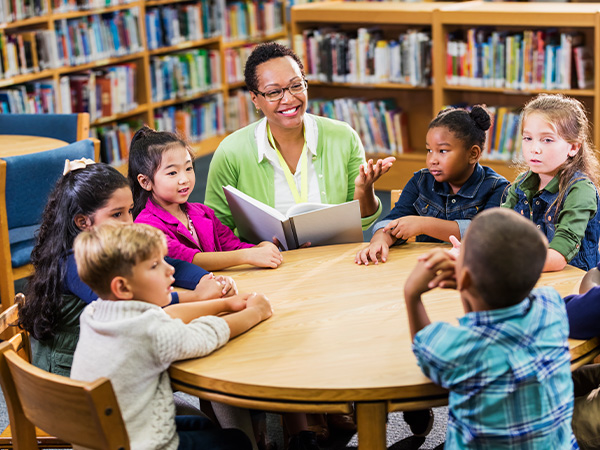
Grade:
Topic:
Unit:


In this lesson mini, students explore essential community places: libraries, fire stations, and hospitals. Through guided readings, discussions, and hands-on activities, they learn about the purposes and importance of these institutions. Students engage in vocabulary exercises, create crafts, and participate in role-playing scenarios to deepen their understanding. The lesson mini emphasizes the roles of librarians, firefighters, doctors, and nurses within these community spaces.

Minutes
Minutes
Minutes
Minutes
Minutes

Level-up current events into dynamic learning!